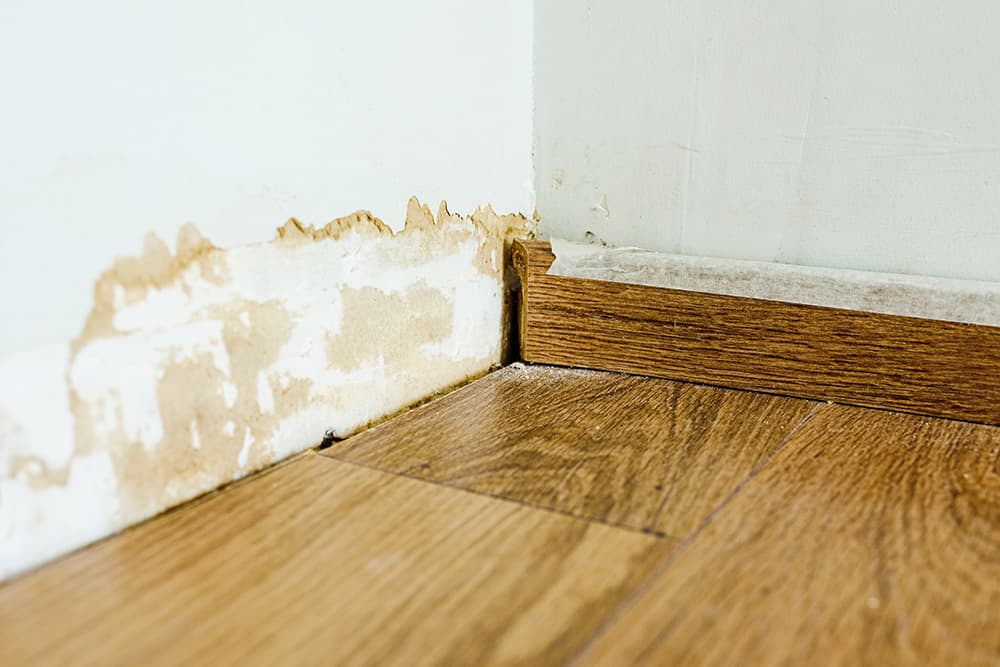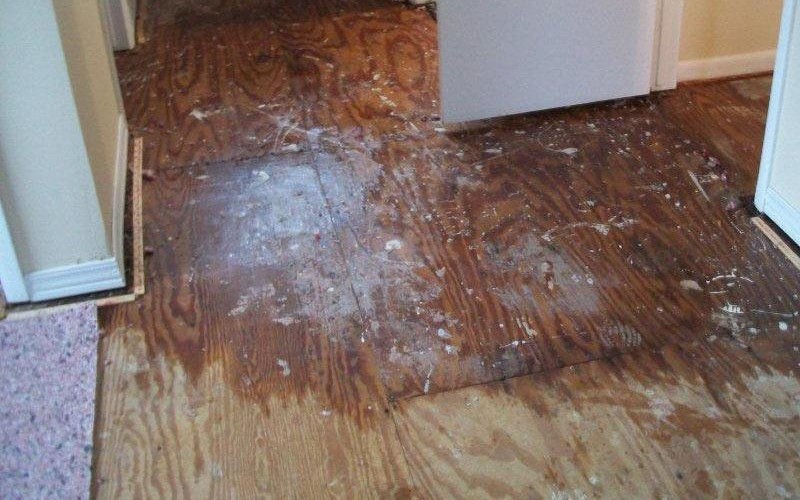Experienced Water Mitigation Company Offering Comprehensive Water Damage Solutions
Experienced Water Mitigation Company Offering Comprehensive Water Damage Solutions
Blog Article
The Refine of Water Damages Cleaning: Ensuring Your Home Is Restored Efficiently
Water damage can be a difficult obstacle for house owners, demanding a organized and thorough cleaning procedure to bring back safety and security and functionality. Originally, a thorough assessment is critical to identify the level of the damages and identify the appropriate remediation measures. Following this, efficient water removal methods play an essential role in mitigating more injury. The subtleties of drying out, sterilizing, and ultimate reconstruction are similarly necessary and typically neglected. Understanding these phases can make a substantial distinction in the outcome of your home's repair, prompting a closer consider what each action requires.
Analyzing the Damages
Upon uncovering water damage, the primary step is to completely analyze the level of the effect. This preliminary examination is essential, as it aids figure out the required steps for reliable cleaning and reconstruction. Begin by inspecting the affected areas, including walls, ceilings, floors, and individual valuables, to determine the resource of the water intrusion, whether from flooding, leaks, or condensation.
Documenting the damages is vital for both insurance policy claims and preparing restoration efforts - damage restoration services. Use photographs and created notes to catch the extent of the damage, noting any affected architectural elements and products. Pay unique attention to areas that may not be instantly visible, such as behind wall surfaces and under rugs, as hidden dampness can lead to additional problems, including mold and mildew growth
Furthermore, evaluate the timeline of the water exposure. The longer the products stay damp, the better the possibility for damages. Recognizing the period of direct exposure will inform the necessity of removal efforts. Inevitably, an extensive assessment lays the foundation for an effective water damages cleaning process, ensuring that all affected locations are addressed effectively and completely.
Water Extraction Strategies

Professionals commonly employ submersible pumps for larger quantities of water, which can swiftly reduce flooding in basements or other influenced locations. For smaller sized quantities, wet/dry vacuums are often utilized to remove recurring moisture from rugs and hard surfaces. In addition, using mobile extractors enables targeted removal in restricted spaces or areas with delicate products.
In instances of infected water, such as sewage or floodwater, progressed removal strategies might entail the usage of biohazard equipment to make certain safety and security and compliance with wellness policies. High-powered removal tools are vital in lessening water retention in structural materials, which can result in mold and mildew growth and architectural wear and tear otherwise resolved promptly.
Eventually, the performance of water extraction techniques plays a crucial role in the overall success of the water damage cleaning process, laying the groundwork for subsequent reconstruction initiatives.
Drying and Dehumidification
Once standing water has actually been efficiently extracted, the next critical phase in the water damage clean-up process is drying out and dehumidification. This action is important to avoid additional damage and mold and mildew growth, which can occur within 24 to two days in moist atmospheres.
To achieve efficient drying, specialized tools such as industrial-grade air movers and dehumidifiers is employed. Air moving companies flow air across wet surface areas, boosting dissipation prices, while dehumidifiers decrease moisture levels airborne, promoting Continued a favorable setting for drying out. The combination of these devices guarantees that moisture is extracted from floorings, home furnishings, and walls, allowing them to dry extensively.
It is necessary to keep an eye on the drying process very closely. Professionals often use dampness meters to assess the dampness material in different materials, guaranteeing that all affected locations get to acceptable dry skin levels. This precise strategy aids to protect against hidden wetness pockets that could bring about architectural damages or undesirable mold and mildew growth.

Cleaning and Sanitizing
After the drying and dehumidification phase is total, the following vital action in water damages clean-up is cleaning up and sterilizing the influenced locations. This process is crucial to avoid the development of mold and mildew, bacteria, and other microorganisms that grow in moist settings.
The cleansing stage usually entails removing any particles, dust, and impurities from surfaces using specialized cleaning agents. For tough surfaces, a combination of soap and water or industrial cleansing products is frequently employed. Soft products, such as furniture and carpets, might call for a lot more extensive cleansing techniques, consisting of heavy steam cleansing or deep removal strategies, to ensure thorough cleanliness.

Sanitizing adheres to cleansing, making use of EPA-approved anti-bacterials to remove dangerous microbes. This step is important, especially in locations that might have entered into call with floodwaters or sewage, as these sources can position significant health and wellness dangers.
Furthermore, it is crucial to deal with any type of remaining odors, which may call for the use of smell neutralizers or advanced techniques like ozone therapy. Proper cleaning and sterilizing not just restore the safety and security and health of your home but likewise prepared for effective restoration and repair services in subsequent stages of the water damages clean-up process.
Reconstruction and Repair Services

When the analysis is full, remediation initiatives can start. Furthermore, flooring may call for comparable focus, depending on the degree of water direct exposure.
It is essential to engage experienced remediation experts throughout this process, as they have the knowledge to take care of complicated fixings effectively. In addition, they can help mitigate possible future problems, such as mold and mildew development or structural instability, thus making certain a habitable and risk-free living setting. Eventually, efficient reconstruction and repair work restore the home's honesty and boost its general worth.
Conclusion
To conclude, the process of water damages cleaning is crucial for recovering a home to its pre-damage condition. Each stage, from analyzing the damage to executing effective water removal methods, complied with by comprehensive drying, disinfecting, and required repair services, plays an essential duty in guaranteeing safety and compliance with building standards. Efficient implementation of these steps not only minimizes immediate damage however likewise enhances the long-lasting honesty and value of the residential property.
Water damage can be a challenging challenge for house owners, necessitating a thorough and organized clean-up procedure to recover safety and security and performance. Ultimately, a comprehensive assessment lays the foundation for an effective water damage cleanup process, ensuring that all affected areas are resolved properly and thoroughly.
Reliable water extraction techniques are important in mitigating damage and stopping further difficulties complying with a water breach occasion.In final thought, the process of water damages clean-up is critical for bring back a home to its pre-damage condition. Each phase, from analyzing the damages to implementing effective water extraction techniques, adhered to by thorough drying out, sanitizing, and required repair services, plays a vital role in making certain security and conformity with structure standards.
Report this page